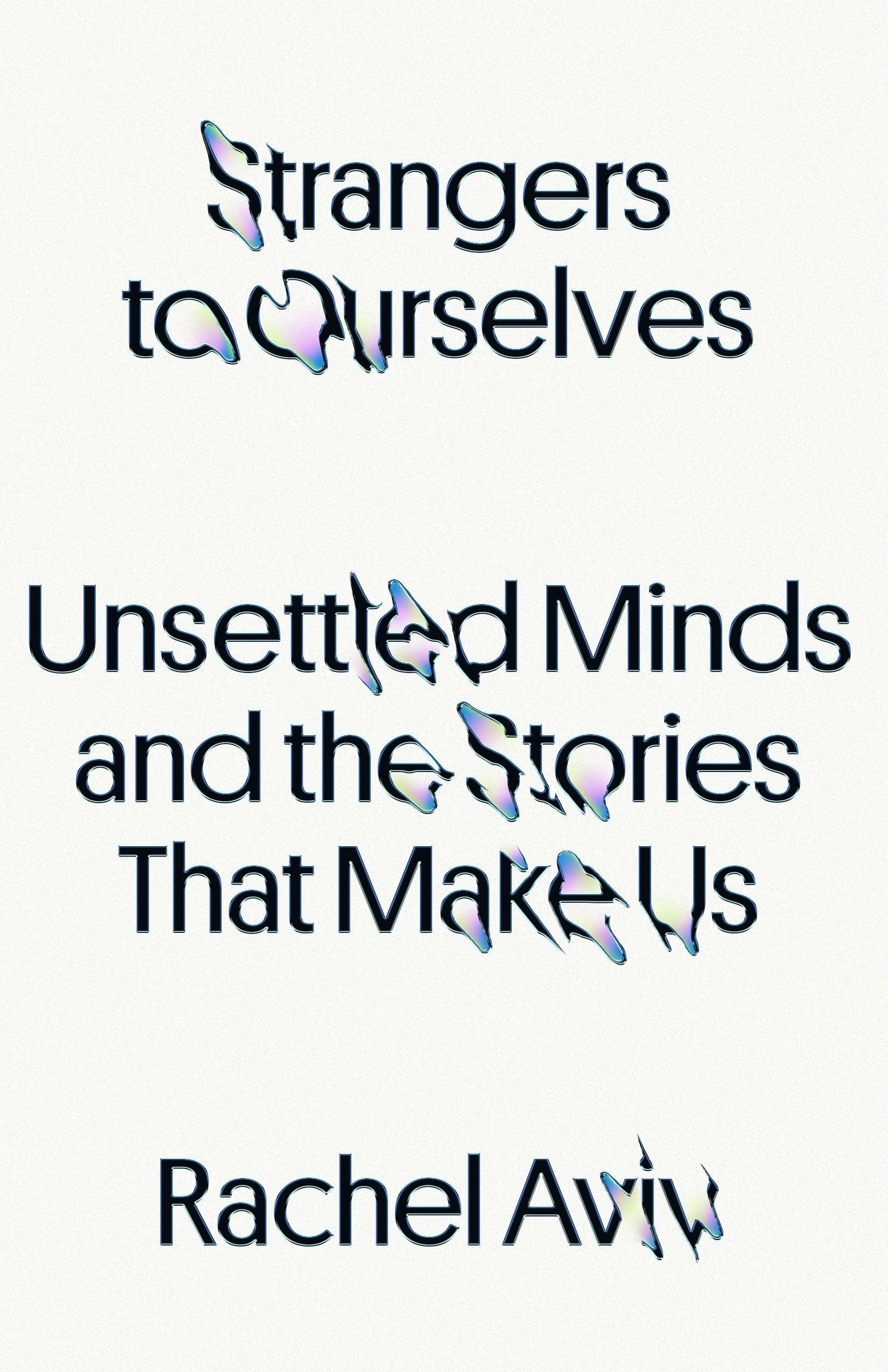
WHEN DIAGNOSED WITH a chronic illness, it’s easy to split your life into two periods: prediagnosis and postdiagnosis. Maybe you’ve suffered mysterious symptoms for years, but (finally) having a name for your experience ostensibly gives you a pathway forward. In the last few years, a swell of illness memoirs has described this journey, including Porochista Khakpour’s Sick, Abby Norman’s Ask Me About My Uterus, Lara Parker’s Vagina Problems, Tessa Miller’s What Doesn’t Kill You, and Meghan O’Rourke’s The Invisible Kingdom. The genre follows a typical narrative structure: the first half details the author’s journey to receiving a proper diagnosis; the second half involves reckoning and living with that diagnosis. In The Collected Schizophrenias, Esmé Weijun Wang points out that “a diagnosis is comforting because it provides a framework—a community, a lineage—and, if luck is afoot, a treatment or cure.”
But what does it mean to place diagnosis at the center of our narratives? How does receiving a diagnosis change how we view ourselves and how others view us? What if a series of symptoms can’t fit neatly into the narrow categories medicine recognizes? In her debut, Strangers to Ourselves: Unsettled Minds and the Stories That Make Us, Rachel Aviv grapples with these questions. Aviv, a longtime staff writer for The New Yorker, here combines lucid reporting with memoir, bookending four profiles of people who “have come up against the psychiatric ways of understanding themselves” with a narrative of her own proximity to the “psychic hinterlands, the outer edges of human experience, where language tends to fail.”
The source of Aviv’s inclination to explore “the gap between people’s actual experiences and the stories that organize their suffering” becomes immediately clear. At the age of six, Aviv refused to eat or drink in the wake of her parents’ divorce and was hospitalized for anorexia. Drawing on her own diaries and interviews with her parents and doctors, Aviv describes her time in the anorexia unit, where she bonds with the other young girls and absorbs their unhealthy behaviors. As her peers obsess over exercise and weight, Aviv begins to do jumping jacks, then refuses to sit down to avoid being a “couch potato.” When her parents visit her after nearly two weeks, they find she has “acquired a repertoire of anorexic behaviors” that are antithetical to the you’re-not-the-boss-of-me-attitude they think fueled her previous refusal to eat.
The question emerges: Was Aviv a six-year-old anorexic? Or did she step into that role once diagnosed and placed in a society of anorexics? Years later, Aviv reconsiders the label after reporting on resignation syndrome in Sweden, where Soviet and Yugoslav refugee children refused food and became mute in the face of the trauma of deportation. Aviv feels a sense of familiarity with what these children were experiencing:
For an immature child, solipsistic by nature, there are limits to the ways that despair can be communicated. Culture shapes the scripts that expressions of distress will follow. In both anorexia and resignation syndrome, children embody anger and a sense of powerlessness by refusing food, one of the few methods of protest available to them. Experts tell these children that they are behaving in a recognizable way that has a label. The children then make adjustments, conscious or unconscious, to the way they’ve been classified. Over time, a willed pattern of behavior becomes increasingly involuntary and ingrained.
What does it mean to place diagnosis at the center of our narratives?
Aviv describes the material shift in perception that occurs when your experience is labeled. The common understanding of diagnosis is as a path to recovery, but for those suffering from a host of poorly understood syndromes that can intersect with mental and chronic illnesses, a diagnosis can become the organizing principle of your life, with long-term, cascading, often-alienating effects. The stigma associated with disability and mental illness can be a barrier to forming intimate relationships as well as to properly treating symptoms and experiences that cannot fit neatly into discrete categories.
Aviv explores these effects through five individual stories informed by different cultural scripts. One chapter introduces Bapu, a physically disabled Indian woman who tries to understand her experience of mental illness as a spiritual relationship with her guru and gods. Another chapter investigates the case of Naomi, a Black mother arrested for throwing her twin babies in a river—an action seen alternately as criminal and psychotic but understood by Naomi herself as a reaction to the racial oppression her sons were bound to endure. Aviv also returns to a story she wrote for The New Yorker in 2019, in which she explores how starting and stopping psychiatric medications often generates new symptoms and further diagnoses.
As a six-year-old in the anorexia unit, Aviv met a girl named Hava, who has since passed away from complications surrounding her eating disorder. Returning to Hava’s story in the book’s epilogue, Aviv sees the path she might have taken had her anorexia diagnosis become the organizing principle of her life. “The divide between the psychic hinterlands and a setting we might call normal is permeable,” she writes. “It’s startling to realize how narrowly we avoid, or miss, living radically different lives.”
Aviv’s commitment is to the complexity of narrative above all else, the irreducibility of each case to any single explanation. Her project is to offer a series of questions about the relationship between our experiences and how we categorize and name them. The only hint of a conclusion takes the form of another question: “[W]hat are these emotional experiences of the mentally disturbed other than human experiences of the kind we all go through, seen as if under a magnifying glass?”

